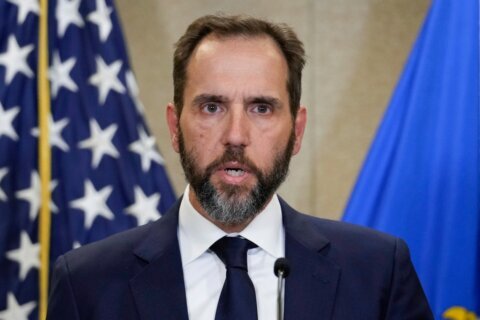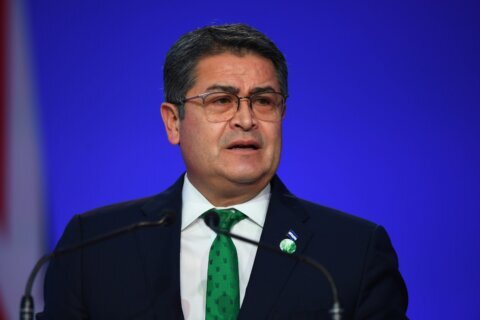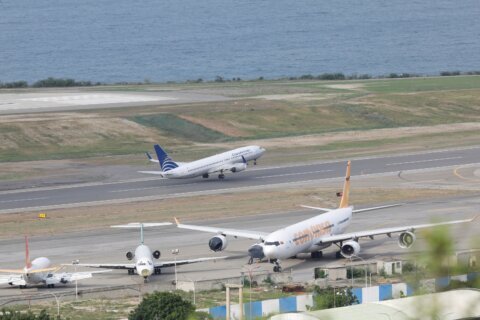WASHINGTON – A marathon is supposed to end with smiles, maybe tears of joy and certainly exhaustion. It is not supposed to end with carnage and blood on the streets. The horror that struck Boston last week makes some people wonder: Could it happen in D.C., too?
Boston is the third largest marathon in the country, behind New York and Chicago.
D.C.’s Marine Corps Marathon — “the people’s marathon” — is No. 4. This year’s 38th Marine Corps Marathon takes place on Oct. 27.
“We are looking at the whole spectrum of safety and security measures that are reasonable,” says Rick Nealis, director of the Maine Corps Marathon.
Nealis won’t go into specifics, but notes he works with multiple layers of local, state and federal law enforcement on safety issues surrounding the marathon. And while the marathon is run by civilians, it is headquartered at the Marine Corps base in Quantico, Va., enabling Nealis and his staff to turn to the military for guidance and support.
Security is a complex job for any big sporting event, and a marathon presents special challenges.
“It is not like going to a baseball stadium or the Verizon Center,” Nealis says. “It is not in a building with turnstiles.”
A marathon is an open course with supporters cheering runners as they make their way along 26.2 miles of paved roads. Nealis acknowledges providing security while limiting restrictions on crowd movement is “a balance,” noting there can be anywhere from 50,000 to 100,00 people lining the streets.
It hasn’t always been this way.
Marathons have enjoyed huge growth over the years, and there was a time when the biggest security problem was making sure vehicles didn’t drive on to the course. But all that changed after the Sept. 11, 2001 terrorist attacks.
“We were the first race,” Nealis says, remembering the Marine Corps Marathon in 2001. “Every other event had been canceled in September and October.”
The Marine Corps Marathon staff, working with Marine officials at Quantico, constructed an ambitious security plan for the 2001 marathon, including a 360-degree perimeter around the finish line and special chemical and biological weapons squads. Six weeks after the terrorists struck — on Oct. 28 — 15,000 runners showed up at the starting line.
The race field for 2013 is capped at 30,000, and Nealis has a message for marathoners who are now uneasy or scared. He urges them to find peace and comfort in their running.
He also says runners need to remember that the race organizers are focused on one mission: To make sure this year’s Marine Corps Marathon is safe and secure.
Follow@WTOPLiving on Twitter.







